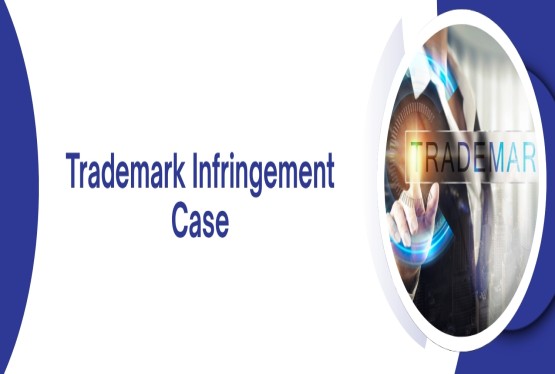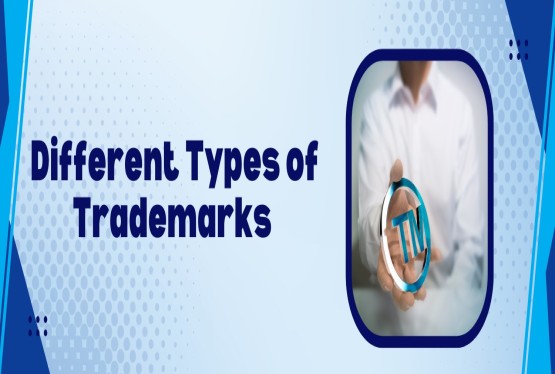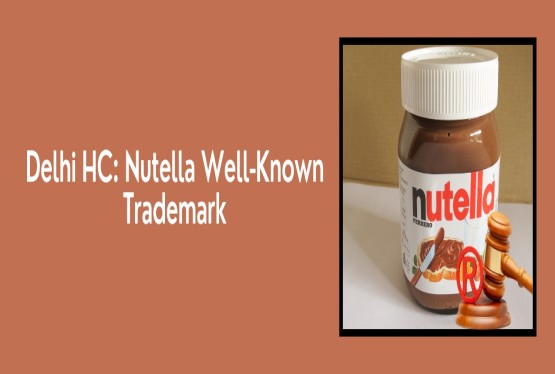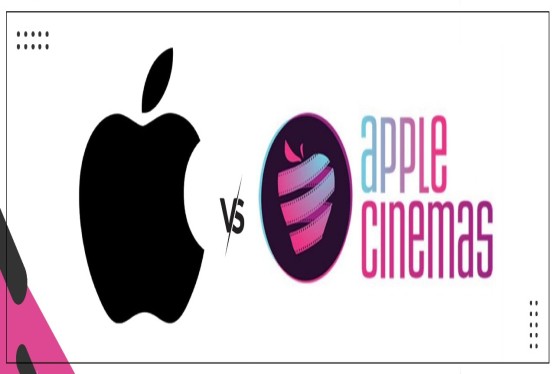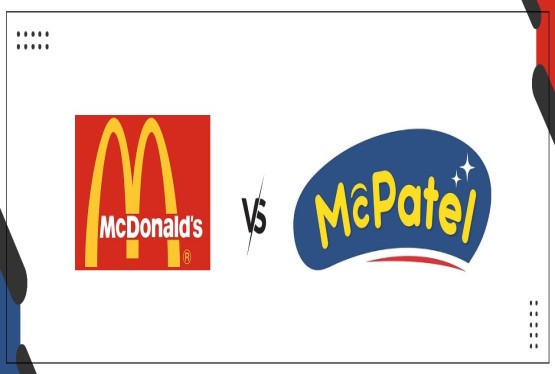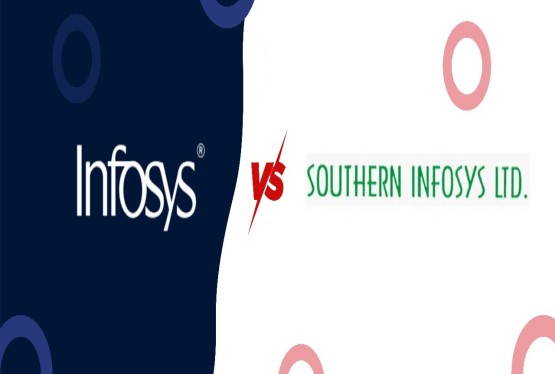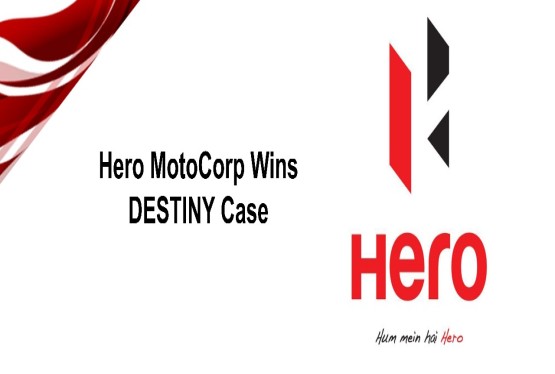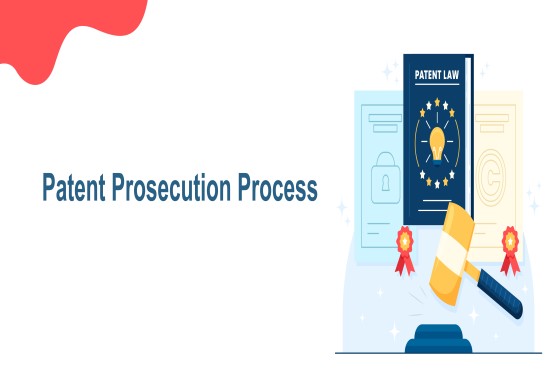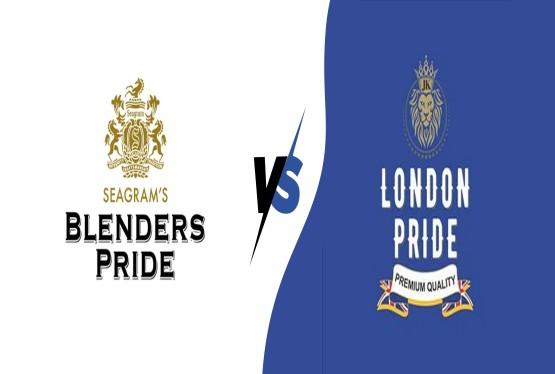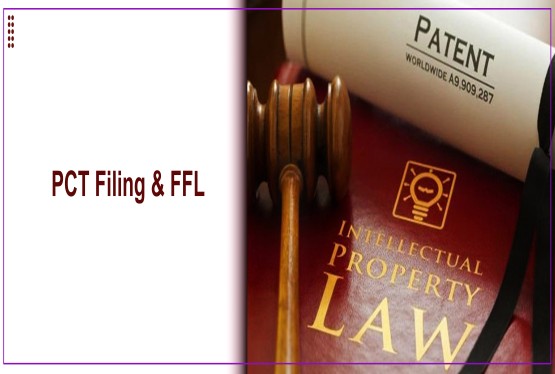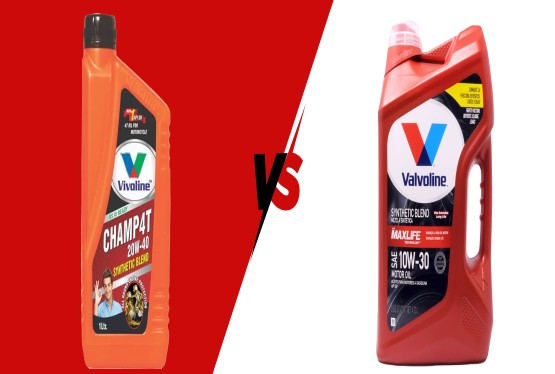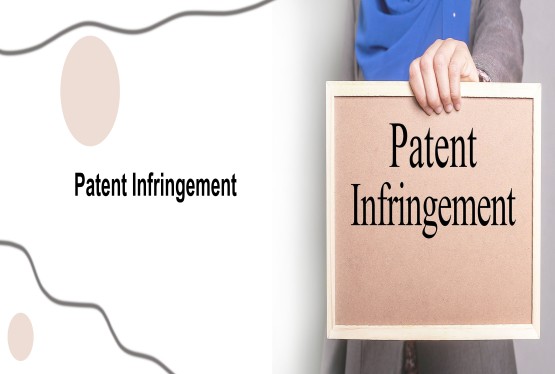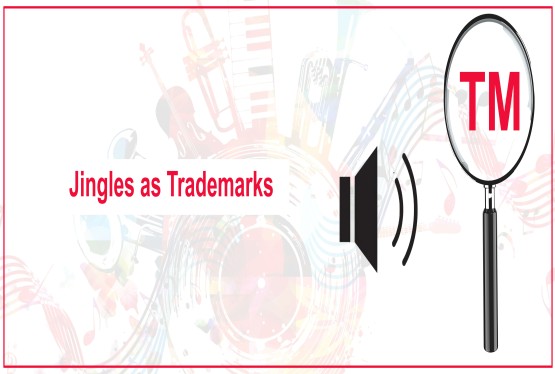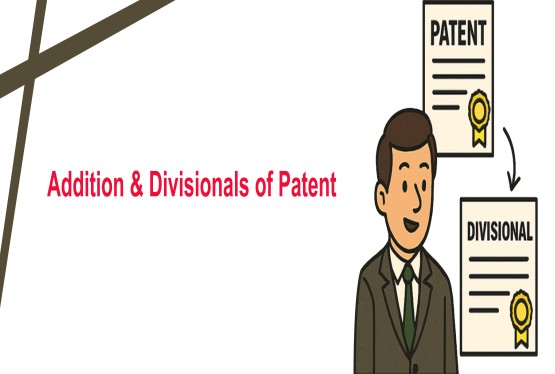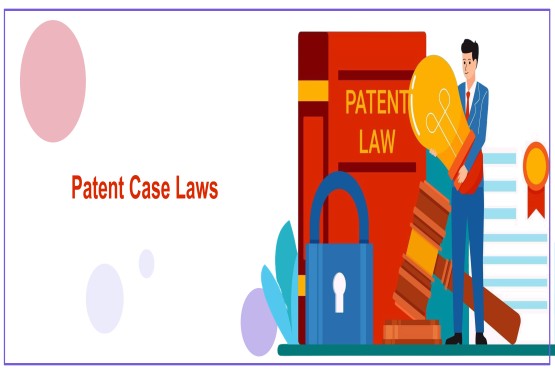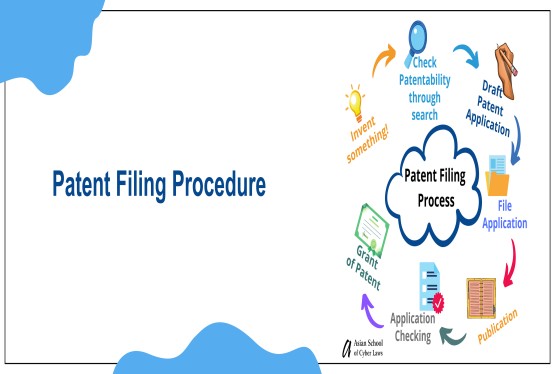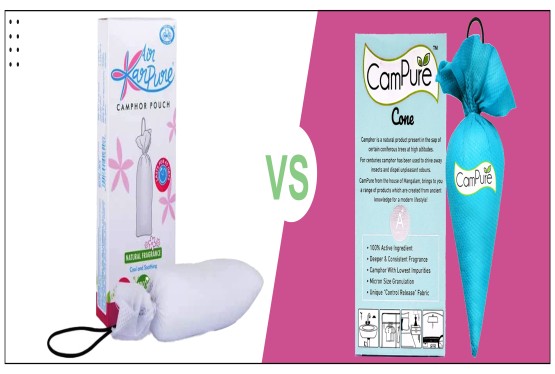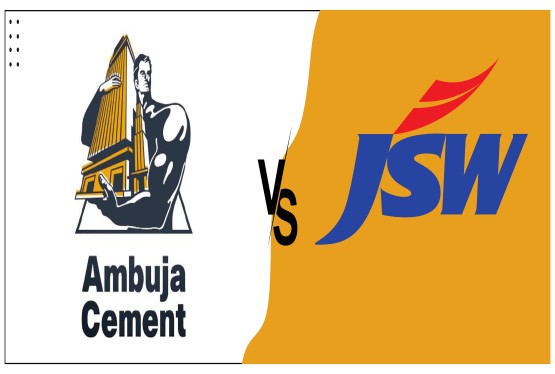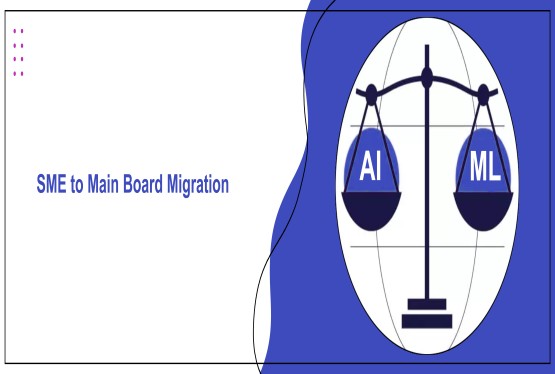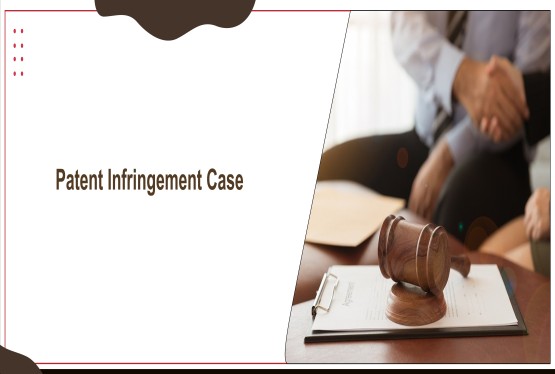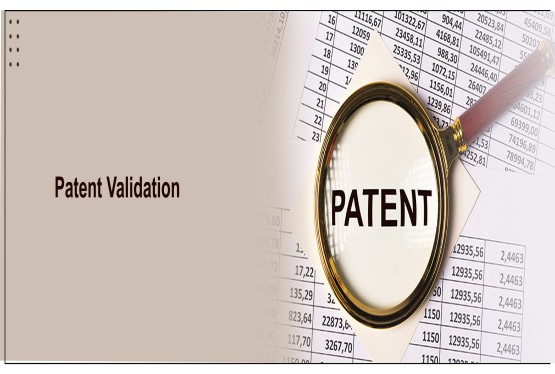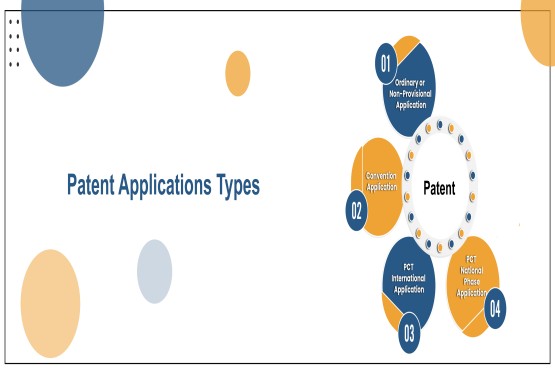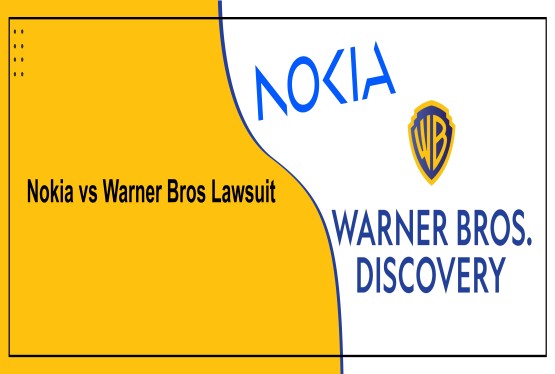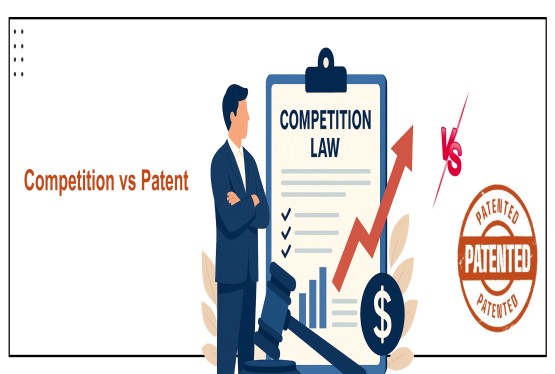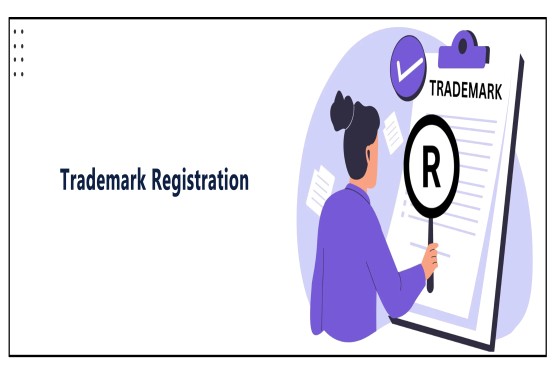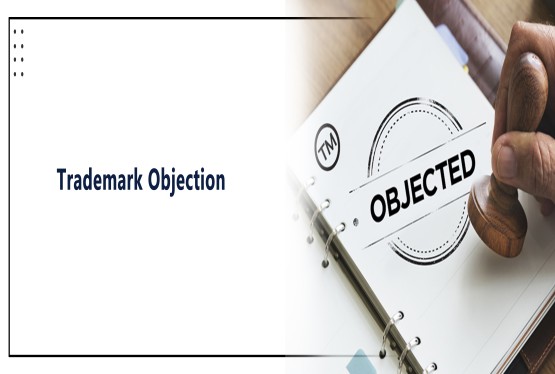Trademarks are essential tools in intellectual property law, protecting businesses by allowing them to differentiate their goods or services from those of competitors. Among the various categories of trademarks, descriptive trademarks occupy a contentious space. These marks describe the qualities, characteristics, or functions of the goods or services they represent. While descriptive trademarks are not inherently distinctive, they may acquire distinctiveness through use over time.
What are Descriptive Trademarks?
A descriptive trademark directly conveys information about the nature, quality, purpose, or characteristics of the associated goods or services. Examples include marks like "Quick Clean" for cleaning products or "Cold Cream" for skincare products. These marks face inherent challenges in registration because they lack the distinctiveness required under trademark law.
Under the Trade Marks Act, 1999 in India, Section 9(1)(b) explicitly states that marks devoid of any distinctive character or consisting exclusively of descriptions of the goods/services they represent are not eligible for registration. However, the Act also allows for exceptions where the mark has acquired distinctiveness through extensive and continuous use.
Trademark Registration for Descriptive Trademarks
Trademark registration of descriptive marks often faces significant hurdles due to their inherent lack of distinctiveness. Applicants are required to demonstrate that the mark has acquired a secondary meaning, signifying the goods or services of a specific source rather than their descriptive qualities.
Challenges in Registration
1. Lack of Distinctiveness: Descriptive marks often fail the test of distinctiveness, a key requirement under Section 9 of the Trade Marks Act, 1999.
2. Opposition by Third Parties: Third parties may file oppositions during the registration process, asserting that the mark is generic or lacks distinctiveness.
3. Evidence of Secondary Meaning: The burden of proof lies with the applicant to establish that the mark has acquired a secondary meaning through extensive use, advertising, and consumer recognition.
Trademark Objection and Opposition
During the registration process, descriptive trademarks often encounter trademark objection from the Registrar or opposition from third parties.
-
Registrar’s Objection: The Registrar may object under Section 9(1)(b) for lack of inherent distinctiveness or for being descriptive in nature. The applicant must respond with evidence demonstrating the mark’s secondary meaning or acquired distinctiveness.
-
Third-Party Opposition: Competitors or other entities may file an opposition under Section 21 of the Act, arguing that the descriptive nature of the mark would give the applicant an unfair monopoly over a commonly used term.
Case Law: Nestle’s Application for 'Milkmaid'
The application for the mark "Milkmaid" faced objections for being descriptive of condensed milk. However, Nestle successfully argued that the mark had acquired distinctiveness through long-term usage, eventually securing registration.
Trademark Infringement and Descriptive Marks
Trademark infringement claims involving descriptive marks hinge on their acquired distinctiveness. A descriptive mark cannot prevent others from using terms in their ordinary descriptive sense unless the mark has achieved a significant level of distinctiveness.
Legal Framework for Infringement
Under Section 29 of the Trade Marks Act, 1999, infringement occurs when an identical or deceptively similar mark is used without authorization, causing confusion. However, descriptive marks often face enforcement challenges because their descriptive elements are freely available for use by others.
Case Law: Marico Ltd. v. Agro Tech Foods Ltd. (2010)
In this case, Marico claimed infringement of its descriptive mark "Low Absorb" for cooking oil. The Delhi High Court ruled that the term was descriptive and had not acquired distinctiveness, dismissing the infringement claim.
Challenges in Infringement Cases
1. Proving Secondary Meaning: The plaintiff must establish that the descriptive mark has achieved a secondary meaning.
2. Defense of Fair Use: Defendants can argue that their use of the term was in a descriptive sense, constituting fair use under Section 30(2)(a) of the Act.
Renewal of Descriptive Trademarks
The renewal of descriptive marks every ten years under the Trade Marks Act, 1999 presents its own set of challenges. Trademark owners must ensure that their marks retain distinctiveness and are not vulnerable to cancellation.
Legal Considerations
1. Loss of Distinctiveness: Over time, a descriptive mark may lose its acquired distinctiveness, particularly if it becomes generic.
2. Third-Party Challenges: During the renewal process, third parties may challenge the validity of the mark for reverting to its descriptive nature.
Practical Tip
Trademark owners must continuously monitor and enforce their marks to maintain their distinctiveness and avoid genericization.
Trademark Withdrawal and Abandonment
Trademark withdrawal or abandonment is common for descriptive marks when applicants are unable to overcome objections or opposition. Withdrawal may be voluntary, or abandonment may occur due to non-responsiveness.
Legal Implications
-
Loss of Priority: Withdrawal or abandonment can result in losing priority over the mark.
-
Open Use by Competitors: Once abandoned, competitors may freely use the descriptive term.
Case Law: Hindustan Lever Ltd. v. Nirma Pvt. Ltd.
In this case, Hindustan Lever withdrew its application for a descriptive mark after failing to establish secondary meaning, allowing competitors to use the term freely.
Balancing Descriptive Marks and Public Interest
The challenge of protecting descriptive trademarks lies in balancing the rights of trademark owners with the public interest in using descriptive terms freely. Overprotecting descriptive marks can lead to monopolies on common language, while under-protection can undermine brand identity.
Statutory Provisions and International Perspective
1. India: The Trade Marks Act, 1999 governs descriptive trademarks, with key provisions in Sections 9, 21, 29, and 30 addressing registration, objections, and infringement.
2. United States: The Lanham Act recognizes descriptive marks but requires proof of secondary meaning for registration.
3. European Union: The EU Trademark Regulation adopts a similar approach, disallowing descriptive marks unless they acquire distinctiveness.
Case Law: American Waltham Watch Co. v. United States Watch Co. (1896)
The court ruled that the term "Waltham" was descriptive of a geographic location and not inherently distinctive, reinforcing the principle that descriptive terms must demonstrate secondary meaning.
Addressing Challenges: Practical Recommendations
To navigate the complexities of descriptive trademarks, businesses should consider the following strategies:
1. Conduct Pre-Filing Searches: Identify potential objections or oppositions by analyzing existing marks.
2. Build Secondary Meaning: Invest in branding, marketing, and long-term use to establish distinctiveness.
3. Monitor and Enforce Marks: Regularly monitor the market and take legal action against misuse to maintain distinctiveness.
4. Seek Expert Advice: Engage legal experts to address challenges related to objections, oppositions, and infringement.
Conclusion
Descriptive trademarks occupy a unique and challenging position in trademark law. While they face significant hurdles in trademark registration, trademark objection, and trademark infringement cases, they can achieve protection through acquired distinctiveness. The legal framework provided by the Trade Marks Act, 1999, along with judicial precedents, offers guidance for businesses seeking to navigate the complexities of descriptive marks. By adopting proactive strategies and adhering to legal principles, businesses can effectively protect and manage their descriptive trademarks, ensuring long-term brand value and market recognition.
FAQs
Q1. What are descriptive trademarks and why are they challenging to register?
Ans. Descriptive trademarks directly convey information about the nature, quality, purpose, or characteristics of the goods or services they represent. Examples include terms like "Quick Clean" for cleaning products or "Cold Cream" for skincare. These marks inherently pose challenges for trademark registration due to their lack of inherent distinctiveness, a fundamental requirement under trademark law. The Trade Marks Act, 1999 in India explicitly prohibits the registration of marks that are devoid of distinctive character or solely consist of descriptions of the goods/services they represent.
Q2. How can a descriptive trademark acquire protection?
Ans. While initially lacking inherent distinctiveness, a descriptive trademark can acquire trademark protection by demonstrating that it has acquired secondary meaning. This crucial step involves establishing that consumers have come to associate the mark exclusively with the goods or services of a specific source, rather than simply as a description of the product. This secondary meaning is typically achieved through extensive use, consistent advertising campaigns, and significant consumer recognition.
Q3. What are the common challenges faced in registering a descriptive trademark?
Ans. The registration process for descriptive trademarks often encounters significant hurdles. Firstly, these marks frequently fail to meet the distinctiveness requirement mandated by Section 9 of the Trade Marks Act, 1999. Secondly, third parties may actively oppose the registration, arguing that the mark is generic or lacks the necessary distinctiveness. Furthermore, the applicant bears the burden of proof to convincingly demonstrate that the mark has acquired secondary meaning, which can be a complex and demanding task.
Q4. What are the key considerations for enforcing trademark rights for descriptive marks?
Ans. Enforcing trademark rights for descriptive marks presents unique challenges. Establishing that the descriptive mark has achieved secondary meaning is crucial for successful enforcement. Defendants may often raise the defense of fair use, arguing that their use of the term was in a descriptive sense, which is generally permissible under Section 30(2)(a) of the Act.
Q5. How can businesses protect and manage their descriptive trademarks?
Ans. To navigate the complexities of protecting and managing descriptive trademarks, businesses should implement several key strategies. Conducting thorough pre-filing searches to identify potential conflicts with existing marks is essential. Investing in robust branding campaigns, consistent marketing efforts, and long-term use of the mark is crucial to establish secondary meaning and strengthen trademark protection. Continuous monitoring of the market and taking swift legal action against any misuse of the mark are vital to maintain its distinctiveness. Engaging with legal experts specializing in trademark law is highly recommended to address challenges related to objections, oppositions, and infringement effectively. By implementing these proactive strategies and adhering to the legal framework, businesses can effectively protect and manage their descriptive trademarks, ensuring long-term brand value and market recognition.






























_(b)_of_the_Trademark_Act,_1999_(1)_crop10_thumb.jpg)



_crop10_thumb.jpg)




























_crop10_thumb.jpg)
_crop10_thumb.jpg)






_crop10_thumb.jpg)








_crop10_thumb.jpg)



_crop10_thumb.jpg)





























_crop10_thumb.jpg)

















_crop10_thumb.jpg)






_crop10_thumb.jpg)











































































































































_crop10_thumb.jpg)




































_crop10_thumb.jpg)












_crop10_thumb.jpg)













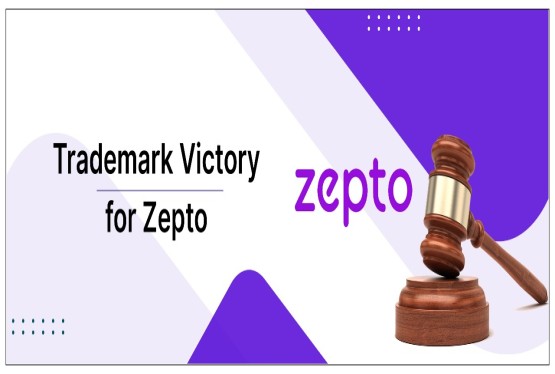




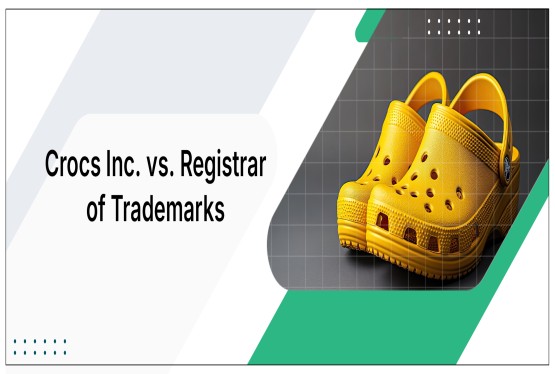




























_crop10_thumb.jpg)






